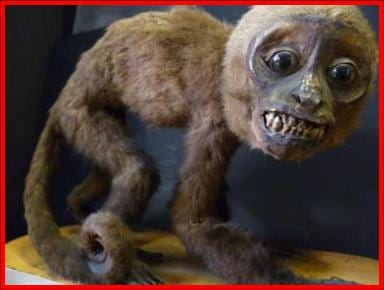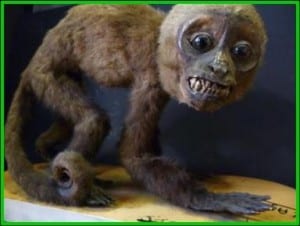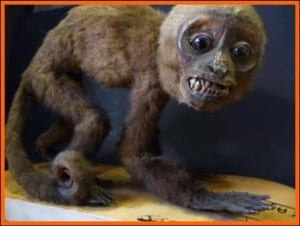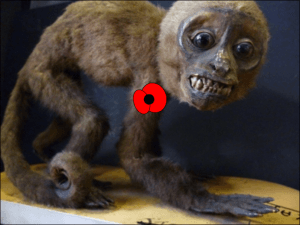Specimen of the Week: Week 167
By Tannis Davidson, on 22 December 2014
 Many different animals are associated with Christmastime. There are those with a biblical connection to the birth of Jesus –the animals of the nativity (donkey, ox and sheep) and the camels ridden by the three kings/wise men. There is the Yule goat of Scandinavia (whose ancient origin is connected to the Norse god Thor who rode a chariot drawn by two goats). There are the partridges, turtle doves, French hens, calling birds, geese-a-laying and swans-a-swimming that are mentioned in seasonal song. Of course there are also the reindeer, doves, robins, and wrens associated with yuletide joy, happiness, good fortune, peace and love.
Many different animals are associated with Christmastime. There are those with a biblical connection to the birth of Jesus –the animals of the nativity (donkey, ox and sheep) and the camels ridden by the three kings/wise men. There is the Yule goat of Scandinavia (whose ancient origin is connected to the Norse god Thor who rode a chariot drawn by two goats). There are the partridges, turtle doves, French hens, calling birds, geese-a-laying and swans-a-swimming that are mentioned in seasonal song. Of course there are also the reindeer, doves, robins, and wrens associated with yuletide joy, happiness, good fortune, peace and love.
So without much further ado, let me just add my own animal choice into the mix….this week’s specimen of the week is…
 Close
Close










